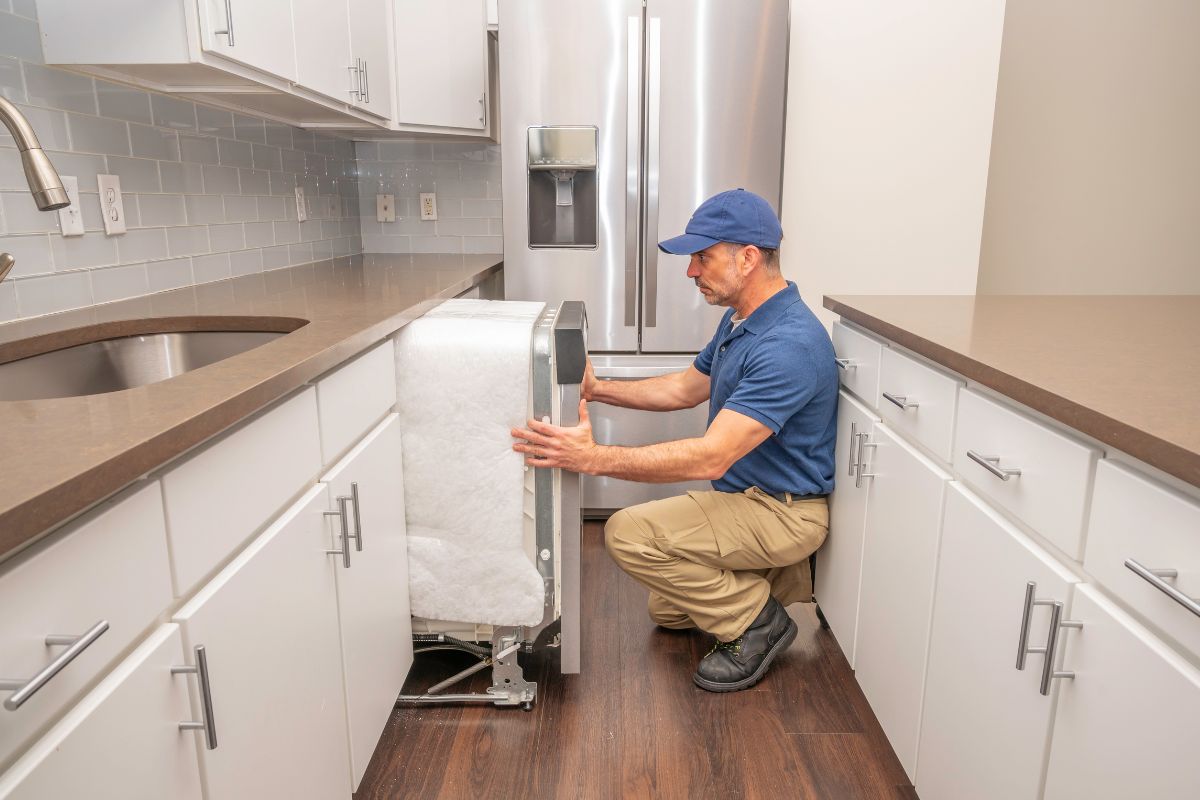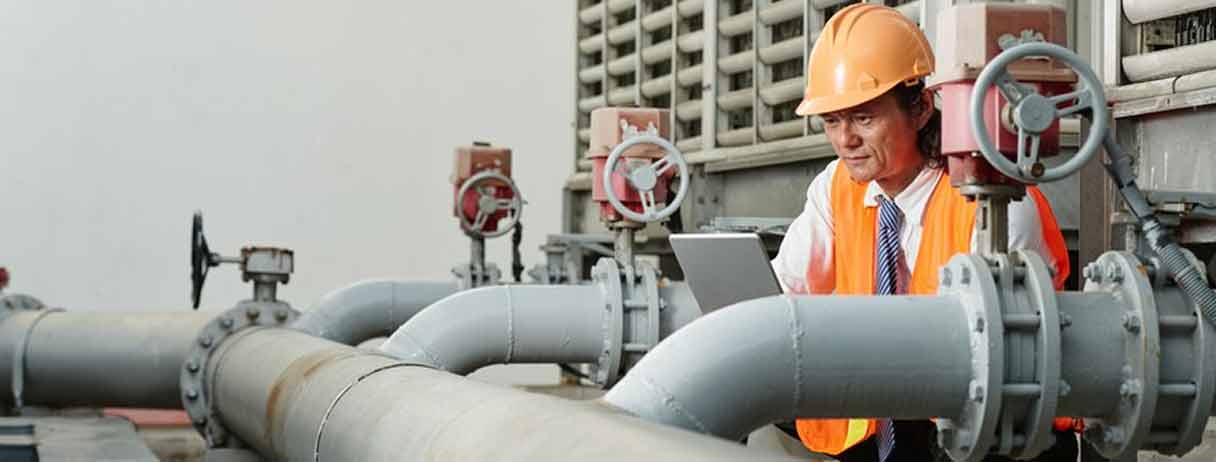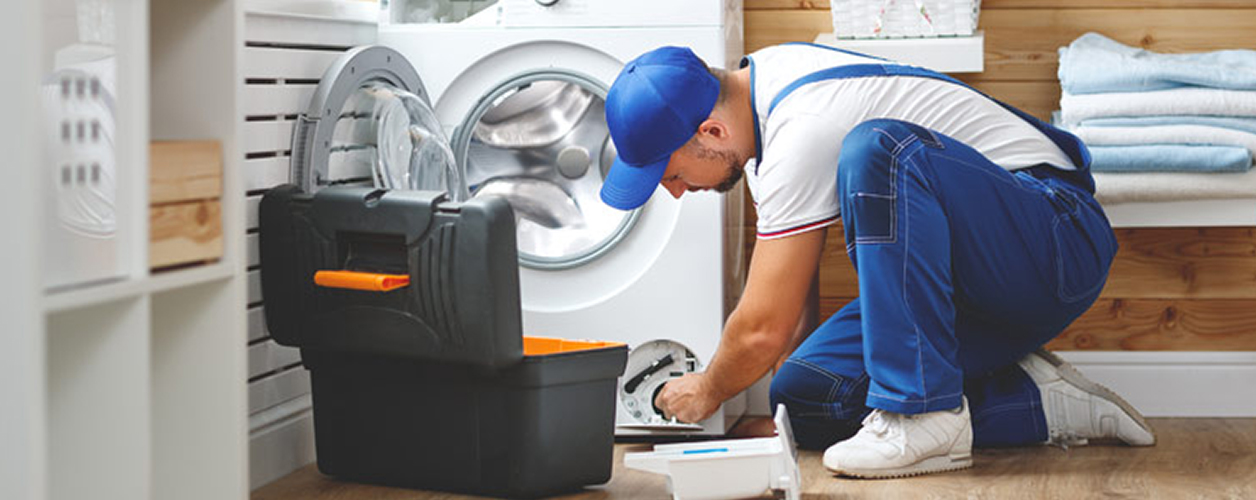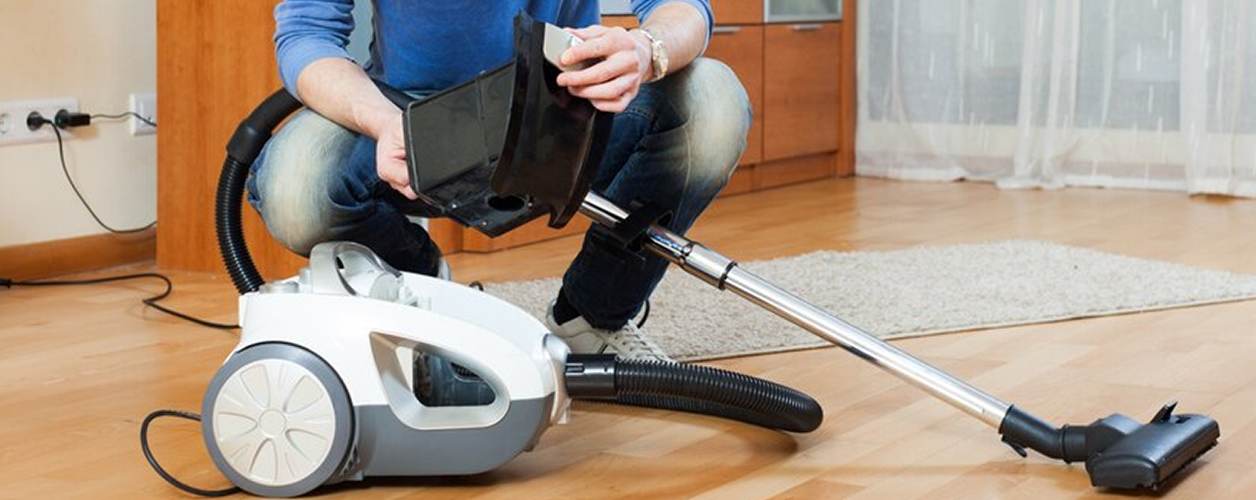Get free quotes within minutes
How to Install a Dishwasher: Step-by-Step Guide

Table Of Content
- Introduction
- The Right Dishwasher: Key Considerations
- Tools and Materials Needed
- How To Install A Dishwasher At Home: The Process
- Quick Troubleshooting Tips For Common Dishwasher Installation Issues
How to Install a Dishwasher: Step By Step Guide
Getting a dishwasher for your home is one of the best things to change how you wash dishes. This can free your time for other things. No matter if it is a new or old model appliance, getting it installed is at times a tricky task. However, like any other home improvement project, with the right tool, a good understanding of plumbing and electrical works, and following the given points, one can DIY dishwasher installation. In this quick dishwasher installation guide, you will learn everything you need to know to install your dishwasher safely and effectively to help you have a problem-free installation experience and a bright and clean kitchen. Let’s dive in!
The Basic Needs To Install A Dishwasher
You will need existing plumbing, water, and electrical wiring to hook up your dishwasher. Make sure there are no existing electrical connections on the open cabinet before you begin the installation process. Consult your owner's manual for specific instructions on installing your dishwasher.
Does A Dishwasher Have Water Supply Lines?
While most washing machines come with a hose, some models don't have water supply lines. You can consider this when buying your dishwasher, which is good for you.
The Right Dishwasher: Key Considerations
When selecting a dishwasher, it’s important to evaluate several factors to ensure it fits your needs and home setup. Here are the key considerations to keep in mind:
- Energy Efficiency: Look for models with a high Energy Star rating to save on electricity and water bills. Energy-efficient dishwashers not only reduce environmental impact but also cut down operational costs over time.
- Size and Capacity: Measure the space available in your kitchen and consider the dishwasher's capacity. Standard dishwashers are typically 24 inches wide, but smaller or larger units are available to suit different household needs. Consider how often you run loads and the size of your household when choosing capacity.
- Special Features: Modern dishwashers come with various convenient features like adjustable racks, third racks for utensils, quiet operation, and specialized wash cycles. Some also offer smart connectivity for remote monitoring. Prioritize features that align with your lifestyle and usage.
Tools and Materials Needed
To successfully install a dishwasher, you'll need a few essential tools and materials:
Tools:
- Adjustable Wrench: For sealing and strengthening pipe unions auto locking copper fittings are used.
- Screwdriver: Other applications include Phillips on mounting brackets and flat heads for electrical connections among others.
- Measuring Tape: So as to have the dishwasher to fit well in the specific area that they are to be installed at.
- Level: To ensure that the dishwasher is placed correctly and perfectly balanced it should be levelled.
- Towels or Sponge: When it comes to cleaning spillage or leakage as it is commonly referred to.
Materials:
- Plumber's Tape: In cases where threaded connections have to be sealed to avoid leakage.
- Water Supply Line: It’s important to choose the right length and type.
- Drain Hose: Standard equipment with most dishwashers but may be provided by a third party so always check first.
- Electrical Cord or Wire: It has to do with whether or not your unit connects to a wall socket or is wired directly into the building.
- Mounting Hardware: Usually screws and brackets are supplied with the dishwasher.
How To Install A Dishwasher At Home: The Process
Here are the basic steps and dishwasher installation tips to finish it successfully:
Step 1: Prepare the Area:
Turn Off Power and Water:
- Safety First: If you don’t know the precise location of the circuit breaker panel in your house, it is high time you look for it. Find out which breaker is for your dishwasher. To reduce the working environment to be safe you have to turn off the switch.
- Turn Off the Water Supply: Bend low and locate the water valve under the Faucet of the kitchen sink. This is often a relatively small valve, located close to the pipe which feeds the faucet. Again, twist the valve anti-directionally if you want to stop the flow of water, tighten the valve until it will not turn anymore. This is important to avoid any leaks when you are touching the unit before installing the new one.
Remove Old Dishwasher(If Applicable):
- Unscrew Mounting Brackets: If you are installing a new dishwasher, pull open the dishwasher and you will find screws or brackets at the top holding the dishwasher to the countertop. With the help of a screwdriver, you need to turn back those screws gently.
- Disconnect the Water Supply Line: Make sure there is a towel or bucket under the connection where the aqueous can spill. Some methods include; The use of an adjustable wrench to remove the nut that fixes the water supply line to the dishwasher.
- Remove Drain Line: Trace the drain hose of the dishwasher up to where it connects with your sink or to the garbage disposal unit. If you are on the hose connections, unscrew the clamp using the screwdriver then carefully twine off the hose.
- Slide Out the Old Dishwasher: Since all the utility connections have been severed, gently heave out the old dishwasher from the nook it occupied.
Step 2: Measure Space:
Check Dimensions:
- Measure the Opening: Before purchasing a dishwasher, you should measure the height, width and depth of the cabinet where it will be located. Standard dishwashers are approximately 24 inches wide however models may differ.
- Account for Surroundings: While making the measurements ensure that there is no pipe work, wiring or any obstruction that would combine the installation process. It is also preferable to leave extra space for hoses and electrical connections depending on specific application.
- Double-Check Your Measurements: Whenever you are shopping for a new dishwasher, it is always wise to take your measurements to be more certain of the dishwasher that will fit in the space available. This should ensure that there are no hitches during installation and comes with a lot of benefits.
Step 3: Connect Water Supply:
Locate the Water Supply Valve:
Find the Valve: As earlier noted, the water supply valve is usually located at the bottom side of the overhead of the kitchen sink. Sometimes it is a tiny switch located near the hose connected to the pipe that supplies water to the faucet.
Attach the Water Supply Line:
- Prepare the Connection: Before connecting you need to spiral the inlet of the dishwasher with the help of a plumber’s tape. This tape also helps to minimize the formation of leaks on the surfaces where it is applied.
- Connect the Water Supply Line: Using the water supply line connect it on the inlet side of the tank on the dishwasher. Make certain it runs in one line and is secure.
- Tighten the Connection: Slowly and tightly using the aid of an adjustable wrench, turn the connection. However, do not twist too tight for this will cause the threads to break or actually cause the connection to break.
- Connect to the Water Supply Valve: The other end of the water supply line must sit right in the shut-off valve located under the sink. Apply the plumber’s tape here also, if needed, will guarantee a leak-free connection.
Step 4: Connect Drain Hose:
- Attach the Drain Hose: Find the drain outlet you would like to use on your dishwasher. Then slide the drain hose into the outlet and fasten it into position with the help of a hose clamp. Ensure that it holds the shape well since it shouldn’t allow for any leakage through its surface.
- Route the Drain Hose: If your dishwasher is connected to a garbage disposal check that the hose is positioned upwards to avoid backflow. It should spiral up more than the connection point as well as after that curve down to the disposal or sink drain.
- Secure the Hose: When necessary, more clamps should be used to attach the hose to the desired path where it has to lie during operations to prevent it from shifting its location.
Step 5: Electrical Connection:
- Determine Your Power Supply: As a first step determine whether your dishwasher uses a power cord with a plug or whether it needs to be hardwired to the electrical power system. If it is wired the best way you will need to ensure that you use wire connectors and a junction box.
- Connect Wires: If hardwiring, the black (hot) wire must be connected to the black wire from the dishwasher, the white (neutral) to the white wire and the green or bare wire from the ground to the grounding wire. These connections should be held with wire nuts.
- Use a Power Cord: If your dishwasher has a power cord, you can just plug it into the outlet in the electrical socket or the wall socket as per local norms. Make certain that the outlet is devoted to the dishwasher and that it is safely earthed.
Step 6: Position the Dishwasher:
- Slide into Place: Ease the dishwasher to the right position it is supposed to take gently. It also slides in easily but once again be careful not to contort or twist any hoses or electrical wires.
- Level the Unit: Run a level over the dishwasher and ensure that the dishwasher is well levelled on the top. Finally, turn the legs of the dishwasher clockwise or anticlockwise to balance the dishwasher.
Step 7: Secure the Dishwasher:
- Attach Mounting Brackets: They then recommend using screws to fasten the dishwasher to the bottom of the countertop. It will assist in dismantling it from inclining forward when the door is opened from the inside.
- Check Alignment: Make sure that the front of the dishwasher aligns with other cabinetry at the rear to produce a blend appearance.
Step 8: Test Connections:
- Turn On the Water Supply: Turn the water supply valve slowly and look for leaks at every possible junction area. If you find any, shut off the valve and arrange the loose connection of the pipes as well.
- Restore Power: Switch on the circuit breaker or plug down the dishwasher in the usual way.
Quick Troubleshooting Tips For Common Dishwasher Installation Issues
1. Leaking Water:
- Check Connections: Check that all water and drain connections are secure and use the plumber’s tape to cover each end of the run.
- Inspect Hoses: It is also advisable to try and find some kinks or cracks that are believed to pose as some of the leading causes of leakage.
- Power Supply: Make sure that the circuit breaker is on or ensure that the dishwasher is well plugged in.
- Door Latch: Make sure the door is closed right and the latch lock is on properly.
- Clogged Filter: Before running the dishwasher, make sure to clean the filter to remove food particles.
- Check Drain Hose: As for the drain hose, verify that it is well positioned and is not twisted.
- Loose Items: Look at any item that is free moving and may be busy moving from one end of the dishwasher to another.
- Leveling: Make sure the dishwasher is perfectly set horizontally so that it can minimize vibration and noise production.
- Check Settings: Make sure the settings of the dishwasher are right for the cycle chosen.
- Electrical Connection: Ensure that the heating element is well connected.
- Check the Spray Arms: Ensure the spray arms are not clogged with food particles or debris. Clean them out if necessary and confirm they rotate freely without obstruction.
- Clean the Filter: The dishwasher filter may be blocked, preventing water from circulating effectively. Remove and clean the filter regularly to maintain proper water flow and cleanliness.
- Use the Correct Detergent: Using the wrong type or insufficient amount of detergent can lead to poor cleaning results. Ensure you're using a detergent compatible with your dishwasher model and the hardness of your water.
2. Dishwasher Won’t Start:
3. Poor Drainage:
4. Dishwasher Vibration:
5. Water Not Heating:
6. Improper Cleaning:
Answers to Your Common Questions
Generally, no permit is needed for dishwasher installation but a homeowner should seek prior consultation with the local building codes to be on the safe side.
Indeed, most homeowners can fit their dishwashers on their own if they have some DIY skills in plumbing and electricity. Everything is simple, just do what this easy dishwasher installation guide has advised you to do.
Almost all dishwashers can either be connected to a normal power point socket or can be integrated into your electrical supply. Look at the model’s specifications.
If you find a leak in your dishwasher or drain pipes, do not turn on the water again until you have closed off the supply and checked all the joints tighten. If more persist with issues then need to contact a plumber.
The first thing to do is to begin a test cycle without dishes to make sure everything is ready for use.
The first action is to check the power supply, and make sure the door is properly closed, and, finally, the settings are correct. If the said symptom subsists, refer to the manual.
Capital Cities
- Appliance Installers Services in Melbourne
- Appliance Installers Services in Brisbane
- Appliance Installers Services in Sydney
- Appliance Installers Services in Adelaide
- Appliance Installers Services in Perth
- Appliance Installers Services in Canberra
- Appliance Installers Services in Hobart
- Appliance Installers Services in Darwin













